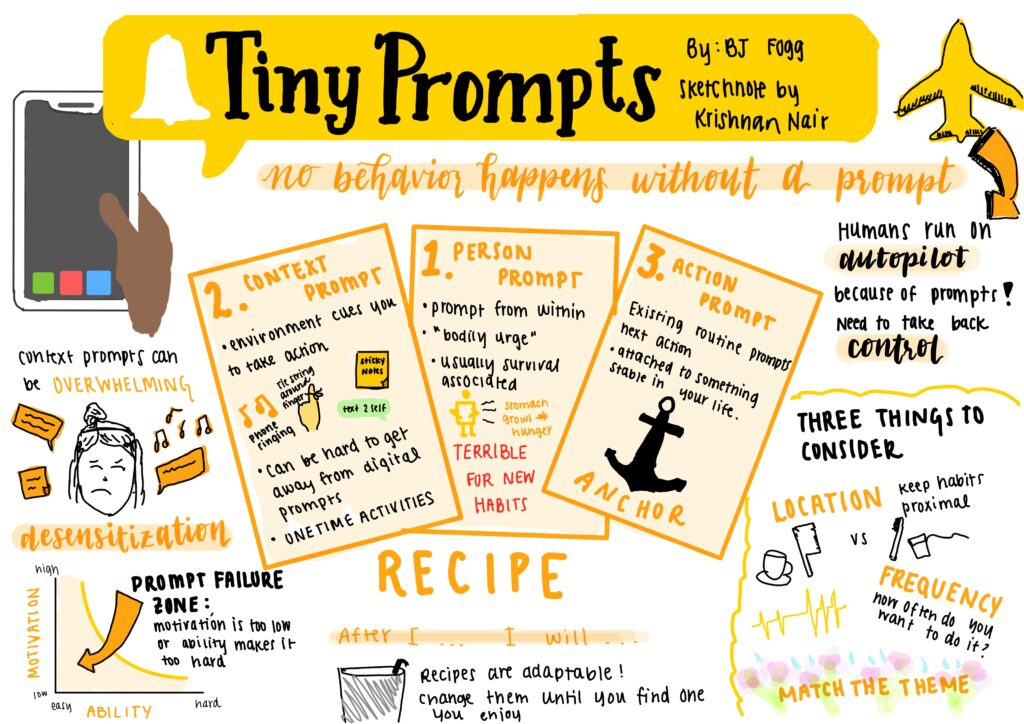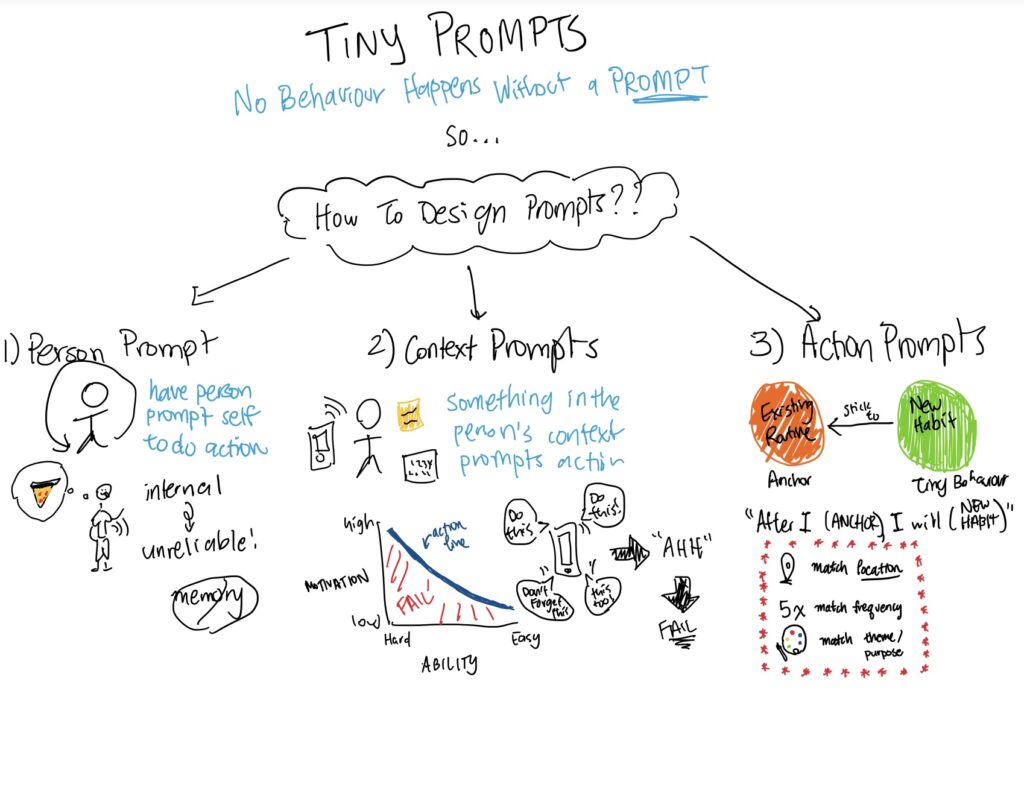Should they deploy an AI chatbot now or wait?
PulsePoint should deploy an AI chatbot now. As Jeannie and John noted, waiting risks losing a competitive edge that may substantially cost their company. However, with this being said, PulsePoint is also moving too quickly for its own good. The AI chatbots should not be rapidly and fully implemented, as Jeannie and John have advocated for. Instead, the company should implement a slow rollout of the AI chatbots to gauge their efficiency and customer response to such a crucial change. Creating rapid change in any established structure is a risky move that should be done only after substantial deliberation.
What should they consider as they make that decision?
Jeannie and John, though well-intentioned, have demonstrated an ineptitude in weighing all aspects of the situation. Despite Mark and Linda’s valid concerns, John and Jeannie continued to push for a full and rapid implementation of the AI chatbots. Though inspired by idealist views of how efficient AI can be in its best-case scenarios, they fail to understand the consequences of what may happen if the AI fails. Even if the AI doesn’t fail, their largest client — among likely many other customers — has already expressed a dislike of the AI chatbots and may be scared off by the change in culture and a lack of trust in their services. As such, PulsePoint must consider the potential tradeoff of losing established clients to implement an emerging technology that may have substantial gains. However, beyond this, PulsePoint must also consider the costs incurred from taking on new clients, changing an existing company system, training the models, and the long-term sustainability of AI systems. This predicament is particularly interesting to me as I recently spoke to the former CEO of Evite who discussed clients’ aversion to AI systems that poorly mimic or entirely replace humans. With this in mind, we can see that Jeannie and John also failed to consider the option of a supervised rollout of chatbots that do not replace the human team, but instead augment their capabilities and act as support systems to close deals instead of being the be-all-end-all. The team should consider how they can use these new systems to advance their existing systems instead of entirely rehauling them. This can potentially save a lot of time and money and mitigate potential risks.



